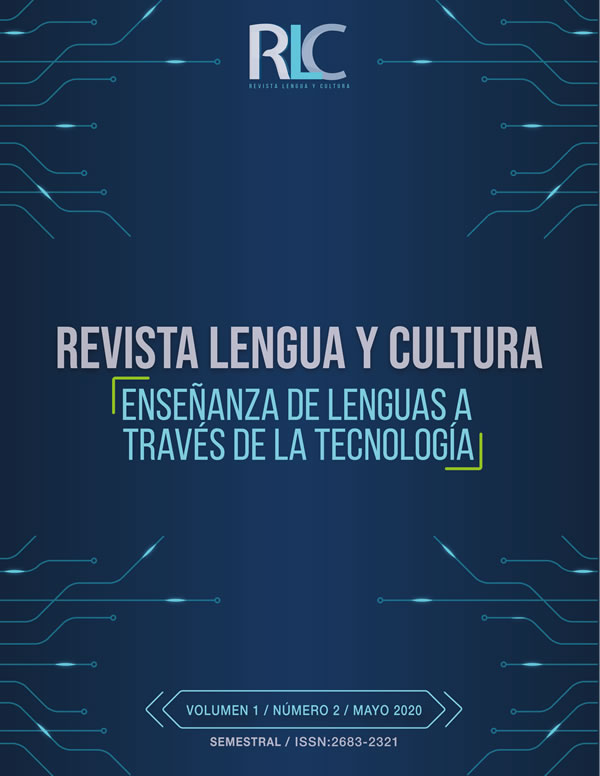Künstliche Intelligenz im Sprachunterricht. Ein Überblick.
Abstract
Dieser Beitrag gibt einen Überblick zum aktuellen wissenschaftlichen und praxisorientierten Stand von Künstlichen Intelligenzen (KIs) vor allem im Bereich des Sprachenlernens. Nach einer kurzen Einleitung, wie Künstliche Intelligenzen im Sprachunterricht terminologisch verortet sind bzw. was sie vereinfacht für den Sprachunterricht bedeuten, wird auf spezielle schwache KI-Techniken und Mechanismen eingegangen, die das Sprachenlernen unterstützen können. Dabei wird vor allem auf die Rolle der Lehrkraft und die Praktikabilität von KI-gesteuerten Feedbackmechanismen eingegangen. Im Praxisteil wird ein KI-gestütztes Tool auf dessen Praxistauglichkeit im Sprachunterricht unter Rücksichtnahme bestimmter fachdidaktischer Parameter analysiert. Der Beitrag schließt mit einer Conclusio zur Relevanz der Lehrkraft im Diskurs der digital-gestützten Technologien und gibt einen Ausblick zu weiteren Trends im Bereich KI-gestütztes Sprachenlernen.
Downloads
Literaturhinweise
Blauw, S. (2020). When artificial intelligence lost in translation is—The Correspondent [Newspaper]. [https://thecorrespondent.com/244/when-artificial-intelligence-lost-in-translation-is/32271696688-aef1110e](https://thecorrespondent.com/244/when-artificial-intelligence-lost-in-translation-is/32271696688-aef1110e)
CIO. (2018). What is Artificial Intelligence? CIO Whitepapers Review. https://whatis.ciowhitepapersreview.com/definition/artificial-intelligence/
Dodigovic, M. (2005). Artificial intelligence in second language learning: Raising error awareness. Multilingual Matters.
Ferreira, A., Moore, J., & Mellish, C. (2007). A Study of Feedback Strategies in Foreign Language Classrooms and Tutorials with Implications for Intelligent Computer-Assisted Language Learning Systems (Vol. 17). http://homepages.inf.ed.ac.uk/jmoore/papers/ijaied07.pdf
Goksel, N., & Bozkurt, A. (n.d.). Artificial Intelligence in Education: Current Insights and Future Perspectives (S. Sisman-Ugur, Ed.).
Kannan, J., & Munday, P. (2018). New Trends in Second Language Learning and Teaching through the lens of ICT, Networked Learning, and Artificial Intelligence. Círculo de Lingüística Aplicada a La Comunicación, 76(0), 13–30. https://doi.org/10.5209/CLAC.62495
Lisovets, V. (2017). Essentials of Artifcial Intelligence for Language Learning. Intellias - Intelligent Software Engineering. https://www.intellias.com/how-ai-helps-crack-a-new-language/
Lotze, N. (2018). Präsenzunterricht adé? Künstliche Intelligenz fürs Sprachenlernen? Magazin Sprache. https://www.goethe.de/de/spr/mag/dsk/21290629.html
Luckin, R., Holmes, W., Griffiths, M., Corcier, L. B., Pearson (Firm), & University College, L. (2016). Intelligence unleashed: An argument for AI in education. https://www.pearson.com/content/dam/corporate/global/pearson-dot-com/files/innovation/Intelligence-Unleashed-Publication.pdf
Mitchell, T., Kisiel, B., Krishnamurthy, J., Lao, N., Mazaitis, K., Mohamed, T., Nakashole, N., Platanios, E., Ritter, A., Samadi, M., Settles, B., Cohen, W., Wang, R., Wijaya, D., Gupta, A., Chen, X., Saparov, A., Greaves, M., Welling, J., … Gardner, M. (2018). Never-ending learning. Communications of the ACM, 61(5), 103–115. https://doi.org/10.1145/3191513
Pandarova, I., Schmidt, T., Hartig, J., Boubekki, A., Jones, R. D., & Brefeld, U. (2019). Predicting the Difficulty of Exercise Items for Dynamic Difficulty Adaptation in Adaptive Language Tutoring. International Journal of Artificial Intelligence in Education, 29(3), 342–367. https://doi.org/10.1007/s40593-019-00180-4
Purdy, M., & Daugherty, P. (2017). How AI boosts industry profits and innovation.: Vol. Accenture Research. https://www.accenture.com/fr-fr/_acnmedia/36DC7F76EAB444CAB6A7F44017CC3997.pdf
Rao, A. (2017). Artificial Intelligence: Vision of the Future. Automation Innovation Conference 2017. https://irpaai.com/AI2017-recap-NY/resources/Anand_Rao.pdf
Schmidt, T., & Strasser, T. (2018). Media-Assisted Foreign Language Learning—Concepts and Functions. In C. Surkamp & B. Viebrock (Eds.), Teaching English as a foreign language: An introduction. (pp. 211–231). Metzler.
Sisman-Ugur, S., & Kurubacak, G. (Eds.). (2019). Handbook of Research on Learning in the Age of Transhumanism: IGI Global. https://doi.org/10.4018/978-1-5225-8431-5
Spitzer, M. (2016). Smart Sheriff gegen Smombies. Nervenheilkunde, 35(3), 205–212.
Strasser, T. (2011). Pedagogical principles of Moodle: An overview. CALL Review. Learning Technologies SIG, 13–17.
Strasser, T. (2014). Mind the App! Zur pädagogischen Vielseitigkeit von Web 2.0-Tools im Unterricht. In A. Barberi (Ed.), medienimpulse. Beiträge zur Medienpädagogik 2012-2013. (pp. 116–129). new academic press.
Strasser, T. (2020a). AI in the EFL-classroom. Clarifications, potentials and limitations. In C. Lütge & T. Merse (Eds.), Digital Teaching and Learning: Perspectives for English Language Education. Narr Francke Attempto.
Strasser, T. (2020b). Explainer videos in the EFL-classroom. Praxis Englisch, 2/2020(Digitally enhanced).













